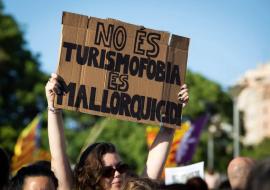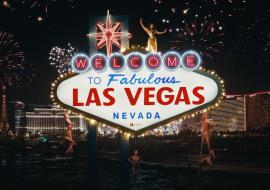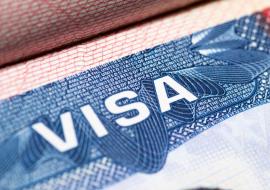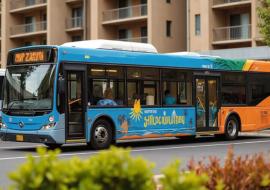Influx of US Tourists Jam-Packs Cuba
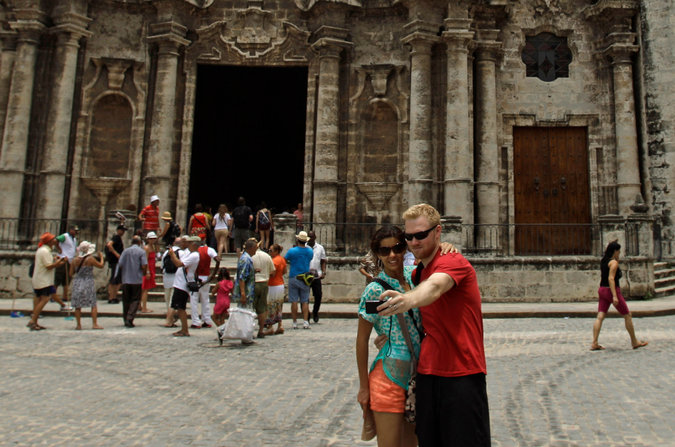
Cuba’s tourism industry is under unprecedented strain and struggling to meet demand with record numbers of visitors arriving a year after détente with the US’s renewed interest in the Caribbean island.
Its tropical weather, rich musical traditions, famed cigars and classic cars were for decades off limits to most Americans under Cold War-era sanctions, but those restrictions are fading.
Once a rare sight, Americans are now swarming Old Havana’s colonial squares and narrow streets along with Europeans and Canadians. Entrepreneurs and hustlers have responded by upping prices on taxi rides, meals and trinkets. Cuban women who pose for pictures in colorful dresses while chomping cigars are now charging $5 instead of $1.
Cuba received a record 3.52-million visitors last year, up 17.4% from 2014. American visits rose 77% to 161,000, not counting hundreds of thousands of Cuban-Americans.
Industry experts worry the island will be unable to absorb an even greater expected surge when scheduled US commercial airline and ferry services are due to start this year. As it is, foreigners face extreme difficulties booking hotels and rental cars, and those who hoped to discover Cuba before the hordes arrive realize they are too late.
"Cuba is over the top with tourists right now. I’ve seen so many Americans, it’s not even funny," said Ana Fernandez of Nashville, Tennessee.
Gisela Hoiman, a schoolbook editor from Berlin, hoped to see Cuba "before it changes" but was disappointed to find long airport lines, ubiquitous vendors and masses of tourists. She was stranded in Havana when she was unable to get a spot on the bus leaving for the eastern city of Santiago. "It was too much to handle, too many tourists. We stood in line and were sent back and forth to different counters," she said. "I don’t think Cuba is prepared."
The US and Cuba agreed in December 2014 to end five decades of animosity and have since restored diplomatic ties, igniting international buzz about Cuba.
The opening has benefited Cuba’s small private sector, which offers restaurants and rooms for rent in family homes. However, the tourism infrastructure, with just 63,000 hotel rooms nationwide, is still largely a function of the state and has languished under decades of US economic sanctions and underdevelopment.
"From offloading at the airport to restaurant availability, infrastructure is maxed out," said Collin Laverty, founder of Cuba Educational Travel, which organizes tours for legally permitted travel for Americans.
A select number of foreign-run hotels, such as those of Spain’s Melia Hotels International, fill up fast, leaving many visitors with little option but tired state-run motels or rooms in private homes.
Some have been priced out or bumped from hotels, especially in Havana, where high-end US groups reserve blocks months in advance and pay higher prices.
"It is kind of a slap in the face as it has been the Canadian and European tourists who have helped keep the Cuban economy afloat for the past 25 years," said Keri Montgomery, owner of Vancouver-based Finisterra travel.
The government is seeking more foreign investment and has plans to reach 85,000 hotel rooms nationwide by 2020, but the pace is slow and development has mostly favored beach destinations rather than Cuba’s cultural centers. Cuban officials did not respond to Reuters requests for comment.
American tourism is still banned under the US trade embargo but US citizens and residents are allowed to visit less than 12 categories, including those for religious, sporting and educational exchanges.
In one of his first moves after rapprochement, President Barack Obama made it easier for those 12 categories of travellers to go to Cuba.
The treasury department’s office of foreign assets control has not fined any Americans for visiting Cuba since Mr. Obama took office in 2009.
Source: Reuters










